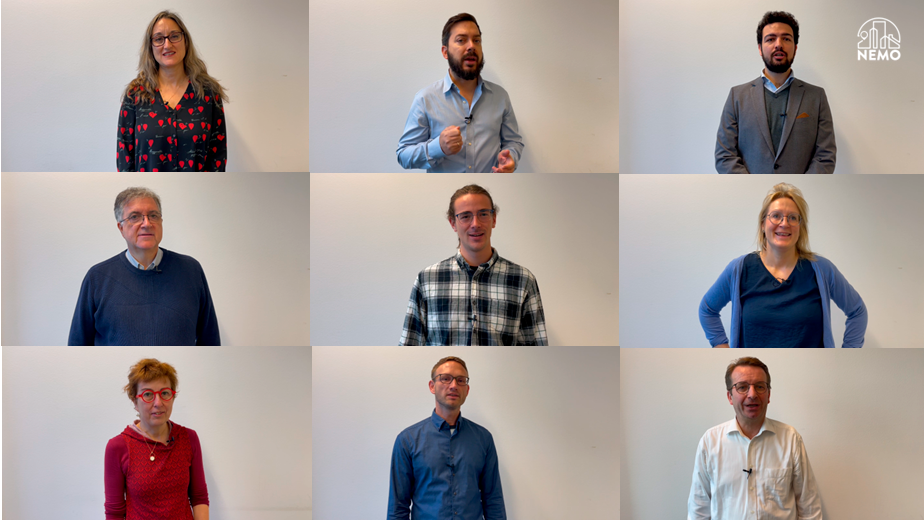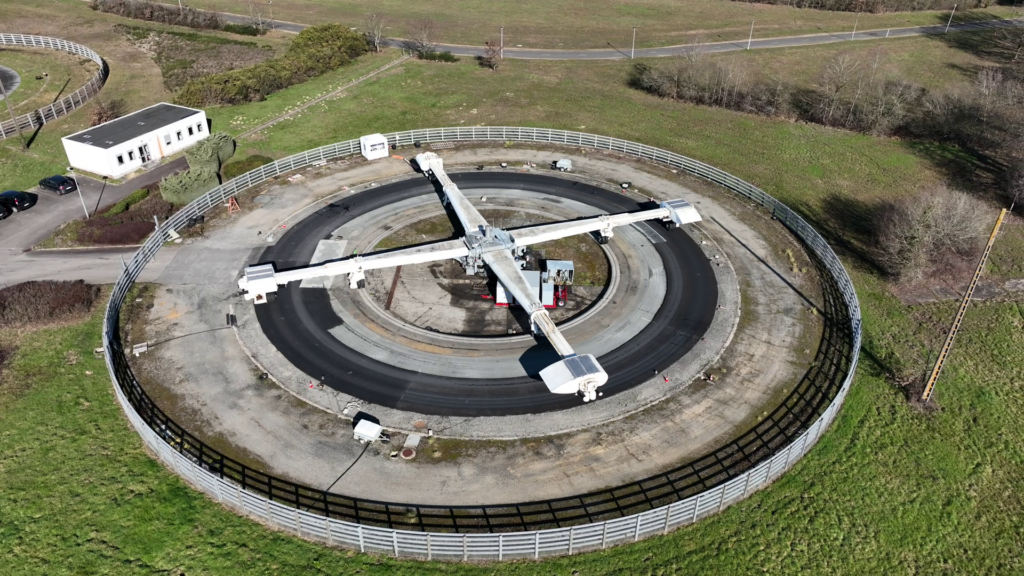Low Emission Zones offer European cities a potentially powerful scheme to reduce emissions. But enforcing the policy can be difficult and resource demanding, and usually does not reflect the actual emissions in real time. NEMO’s solution supports both issues by utilising a specially developed cloud-based datahub platform called Nautilus, at the heart of NEMO’s ground-breaking remote sensing technology.
The Nautilus data platform collects data from cameras, microphones and other sensors – in real time. The synchroniser integrates, validates and compiles sensor and vehicle data and sends it to a data hub. In the data hub, information is classified and stored in a complete registry for each individual vehicle. The registry creates the basis for the data to be analysed. The classification dialogue system enables communication directly to the vehicle.
The output data can be utilised by local authorities as a real-world basis for effective policies, and for performing impact studies before implementing a proposed policy measure. Researchers can work with bigger data sets to improve measurement systems.
The NAUTILUS system combines sensor data with local, regional and national data. It is designed to work with external data sources, such as data from weather stations and air quality measurement stations.
See how the basic concept of the Nautilus datahub platform in the short video below.

